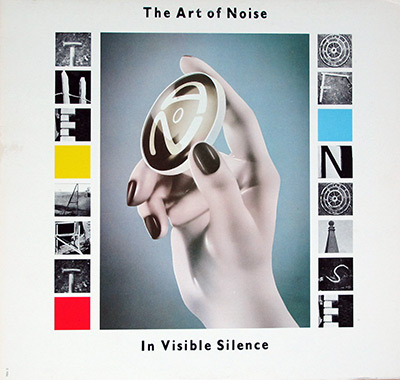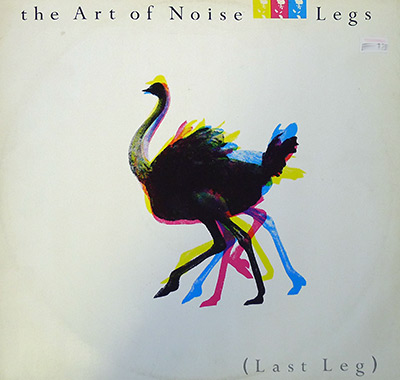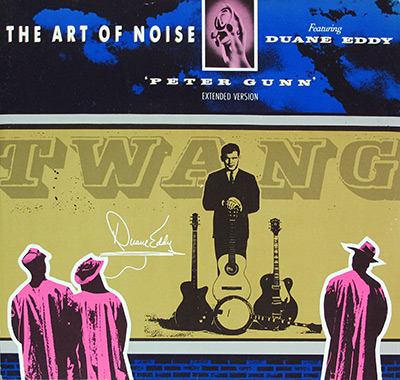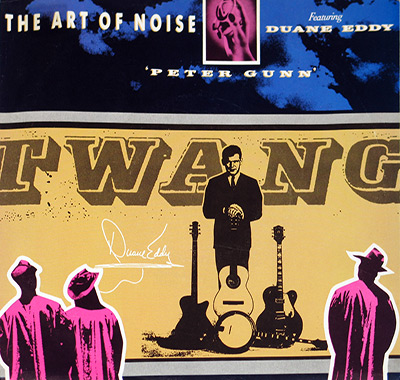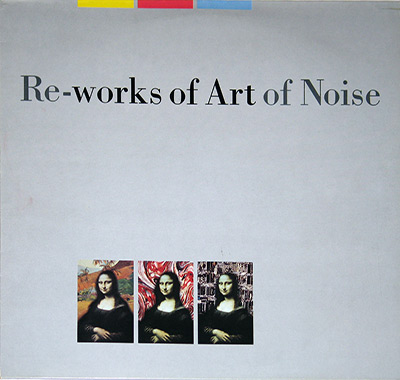"Who's Afraid of the Art of Noise" Album Description:
The Art of Noise's debut album, "Who's Afraid of the Art of Noise," stands as a seminal work in the realm of electronic and avant-garde music. Released in 1984, this album encapsulates the innovative spirit of the time period, marking a distinctive shift in the landscape of music production.
The early 1980s witnessed a burgeoning interest in electronic music, with artists exploring novel sonic territories through the use of synthesizers and samplers. The Art of Noise, a collective comprising Anne Dudley, J.J. Jeczalik, Gary Langan, Trevor Horn, and Paul Morley, emerged as pioneers in this sonic revolution.
The album's title itself reflects a playful approach to the concept of noise, suggesting a fearless exploration of unconventional soundscapes. Anton Corbijn's photography, featured prominently in the album's visual design, adds a layer of artistic depth, capturing the essence of the avant-garde nature of the music.
Production-wise, "Who's Afraid of the Art of Noise" is a testament to the creative possibilities afforded by emerging technologies. The use of sampling and innovative production techniques by J.J. Jeczalik and Gary Langan contributed to the album's groundbreaking sound. The incorporation of found sounds, snippets of dialogue, and unconventional instruments marked a departure from traditional music production norms.
One of the standout tracks on the album is "Close (To the Edit)," which exemplifies the Art of Noise's ability to blend rhythmic complexity with catchy melodies. The song's distinctive use of sampled voices, including the iconic "Hey!" from the animated character Porky Pig, became a signature element of the group's sonic identity.
The 12" vinyl LP format of the album further enhanced the listening experience, allowing for a deeper exploration of the intricate layers and textures present in the music. Vinyl records, with their analog warmth and tangible nature, were the predominant medium for music consumption during this period.
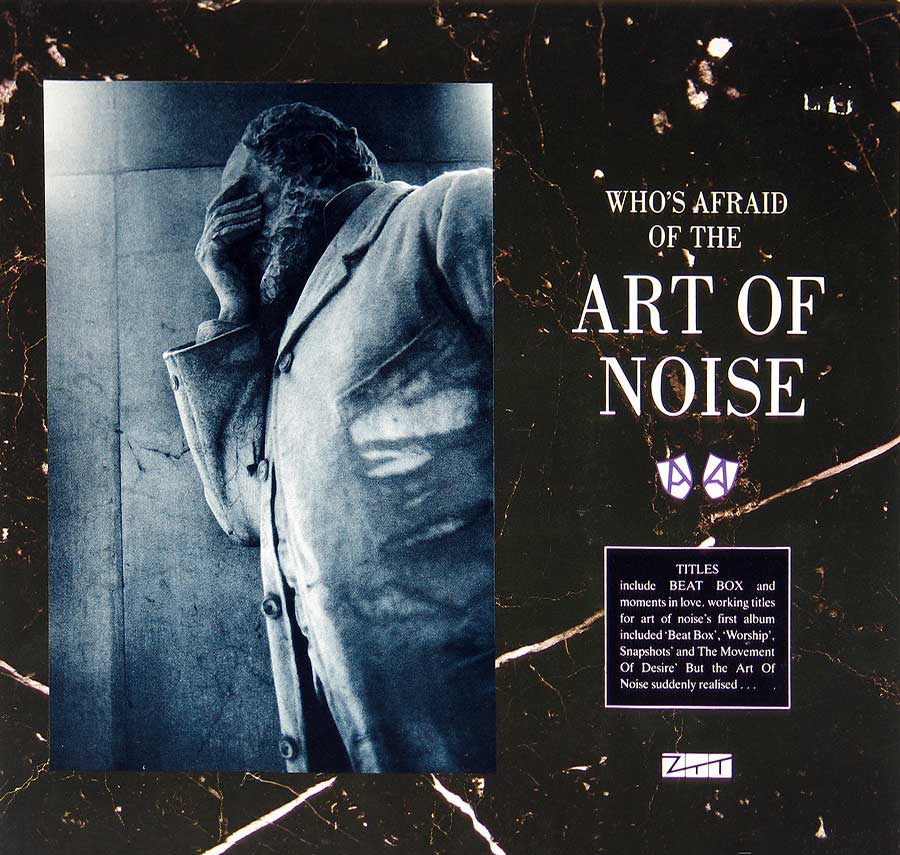
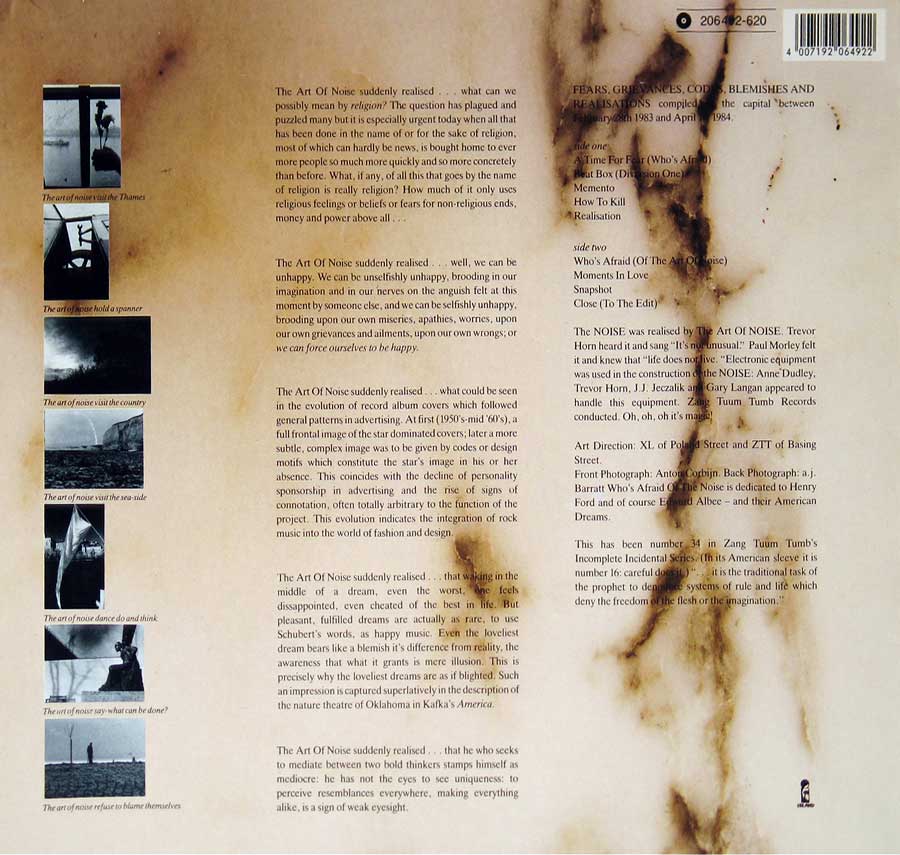
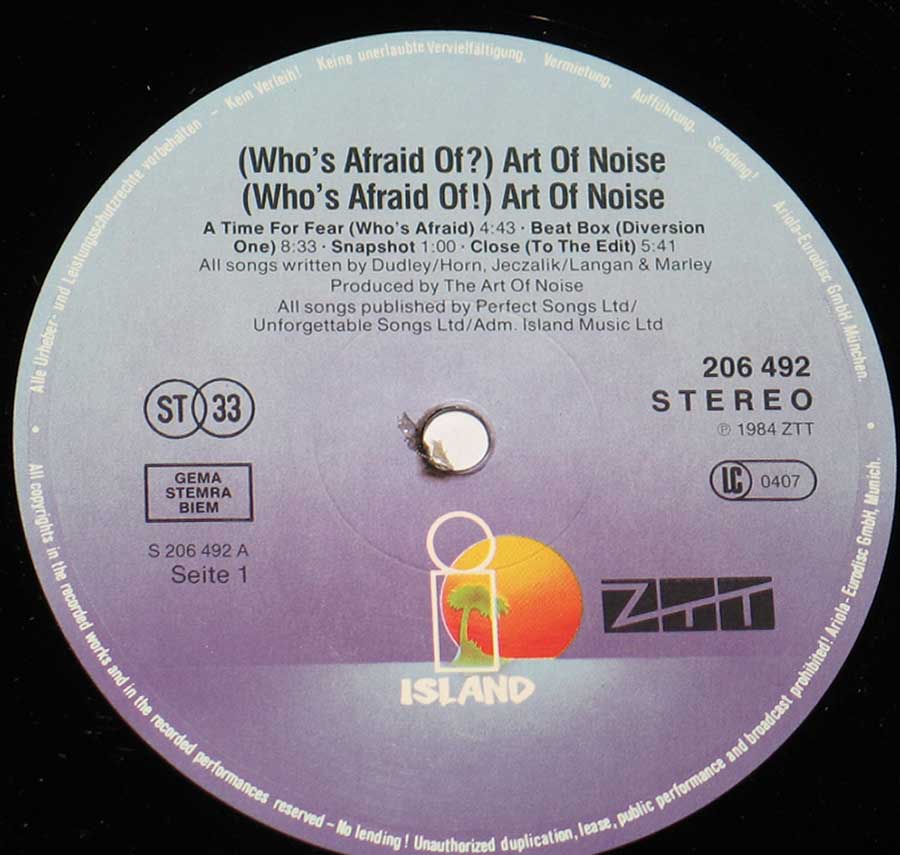
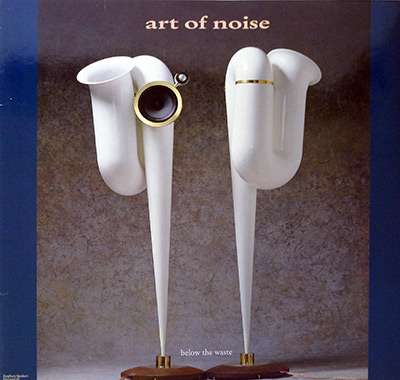 a
a

